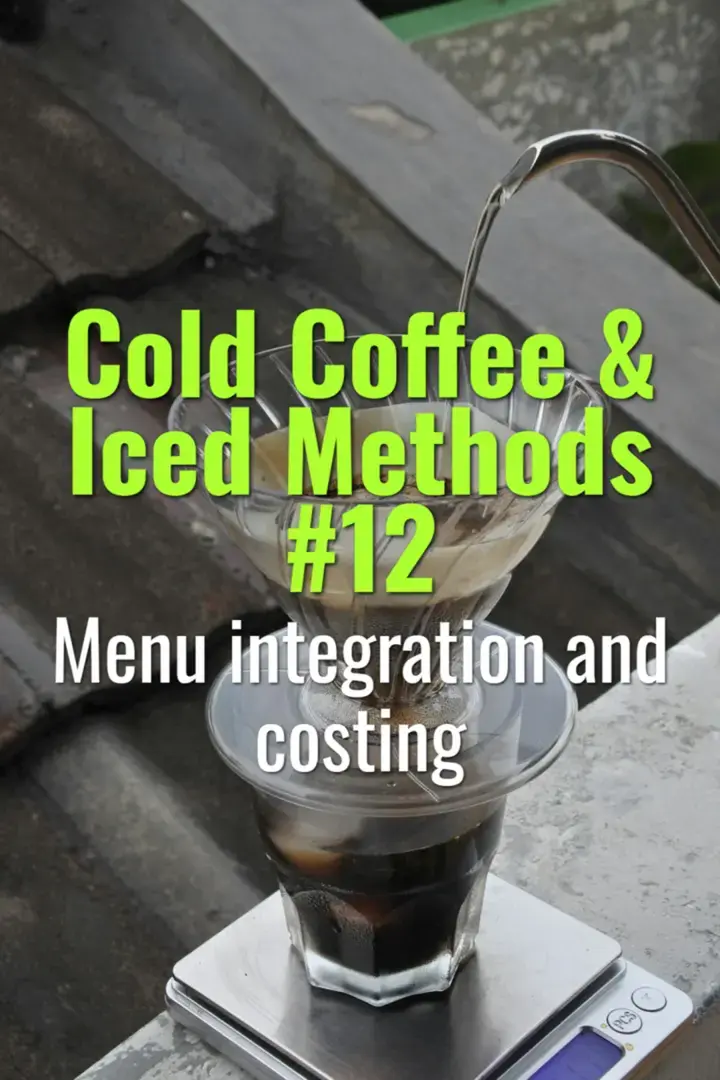Menu integration and costing
How to effectively integrate cold coffee options into a café menu, calculate costs, and price them for profitability while meeting customer expectations.
- Coffee Basics Nerds
- 2 min read
Article 12 of 12 in Cold Coffee & Iced Methods/

Menu Integration
- Seasonality: Cold coffee sales peak in warmer months; plan menu to highlight iced options seasonally.
- Variety: Offer multiple styles—cold brew, flash brew, nitro, and flavored variations—to appeal to different preferences.
- Customization: Provide options for dilution (water, milk, alt-milk), sweetness levels, and flavor add-ins (syrups, spices).
- Presentation: Clear menu descriptions help customers understand differences between cold brew, iced latte, and flash-brewed coffee.
Costing Components
- Coffee Beans: Largest variable cost; cold brew uses higher doses (2–3x compared to hot brews).
- Water & Ice: Generally low cost but must be filtered and food safe.
- Packaging: Bottles, cans, cups, lids, straws—significant in take-away formats.
- Labor: Prep time for large-batch cold brew, kegging, or bottling.
- Overheads: Refrigeration, storage, and potential waste from unsold product.
Pricing Strategy
- Cost per Cup: Calculate total cost of batch (beans, labor, packaging) ÷ yield in servings.
- Target Margins: Specialty cafés aim for 70–80% gross margin.
- Benchmarking: Price relative to lattes or cappuccinos (cold drinks often priced higher due to prep and packaging).
- Premium Options: Nitro or signature iced drinks can command higher prices.
Example
- Cold brew batch: 1 kg coffee @ $15/kg, 6 L yield.
- Cost per liter ≈ $2.50 (beans only).
- Add packaging ($0.50–$1.00), labor, overhead → $1.50–$2.00 total per serving.
- Retail price per cup/bottle: $4–$6.
Practical Tips
- Standardize recipes and portion sizes for consistency.
- Track waste and adjust batch sizes to reduce losses.
- Highlight cold coffee on menu boards and social media to boost demand.
Summary
Integrating cold coffee requires balancing variety, consistency, and profitability. Costing must account for higher bean use, packaging, and storage, while smart menu placement and seasonal promotion ensure cold coffee contributes strongly to café revenue.